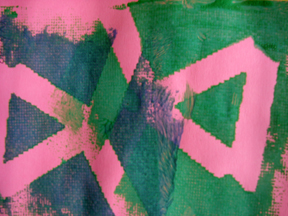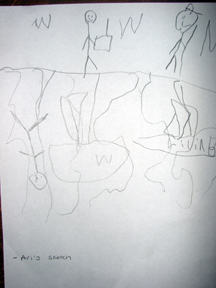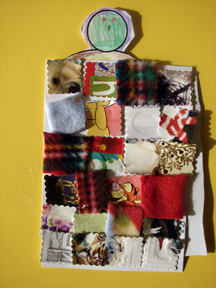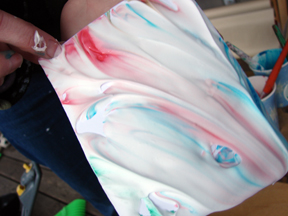This post will eventually become a seperate page on this blog.
Although I am sure many of you have ideas about what open-ended art is, I am thinking some may stumble upon this blog without any information.
The basic idea of open-ended art is that the end product is…..open, hence the term “open-ended.” The purpose of an open-ended experience is to allow your children to use their imagination, as well help them gain skills which will allow them to express their ideas visually and orally with confidence.
A purist would say the only art experiences that are open-ended would be those that do not define the end product for the child, or the materials that should be used, or the processes that should be explored. For example, a purist may have an art bin in their house that contains a variety of materials that thier children can explore freely to create whatever they want.
I tend to be a little more grey in my thinking, and feel open-ended experiences fall on a spectrum of, well, of openess.
I just had a discussion with someone about foam craft kits, normally I cringe when someone puts those three words together. They make me think of 25 identical penguins staring at me from a pre-school wall. However, this person explained that one can purchase a foam craft kit, for example, “bugs.” To make the project more open, instead of giving one child the parts for the lady-bug, and one child the parts for the bumble bee, you would simply put all parts on a table and let the children create their own imaginary bugs. In this case you have defined the process, the materials, and even in someways the product,a bug. I would still say this is..open..there is some choice for the child, and their work won’t be corrected.
I tend to focus on defining the process I want the child to use, and maybe providing some inspiration for creating, for example showing my children pictures of flowers before begining a water color picture. Or perhaps showing them a series of pictures from Picassos blue period before having them collage with blue papers or painting with blue paints.
What do you think open-ended means?
Do you have any sites you like to go to for ideas for open-ended art experiences?
























